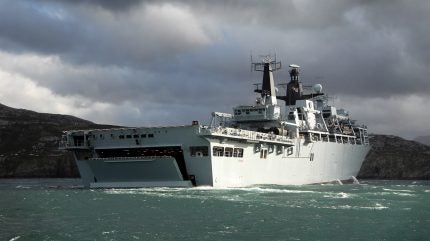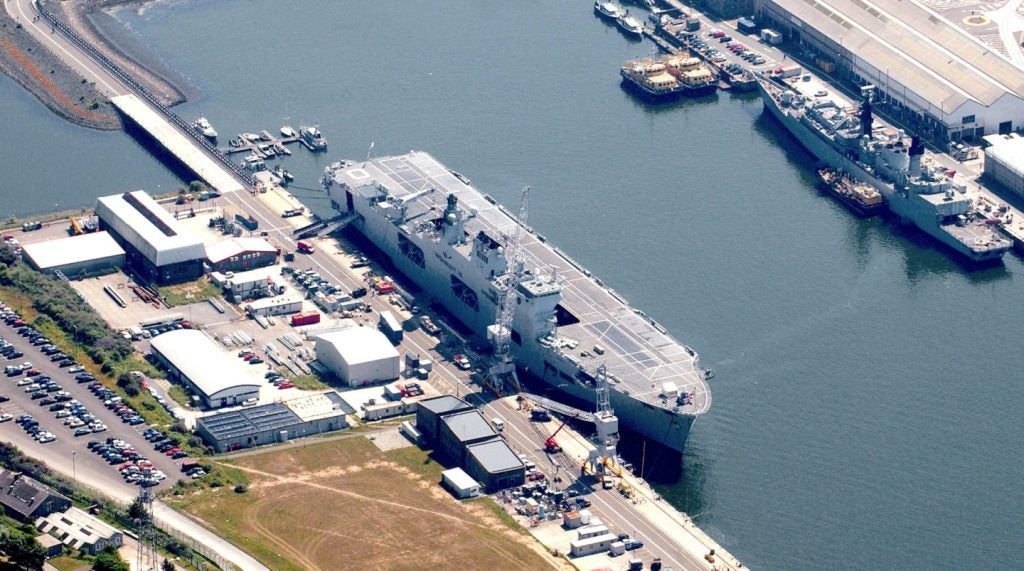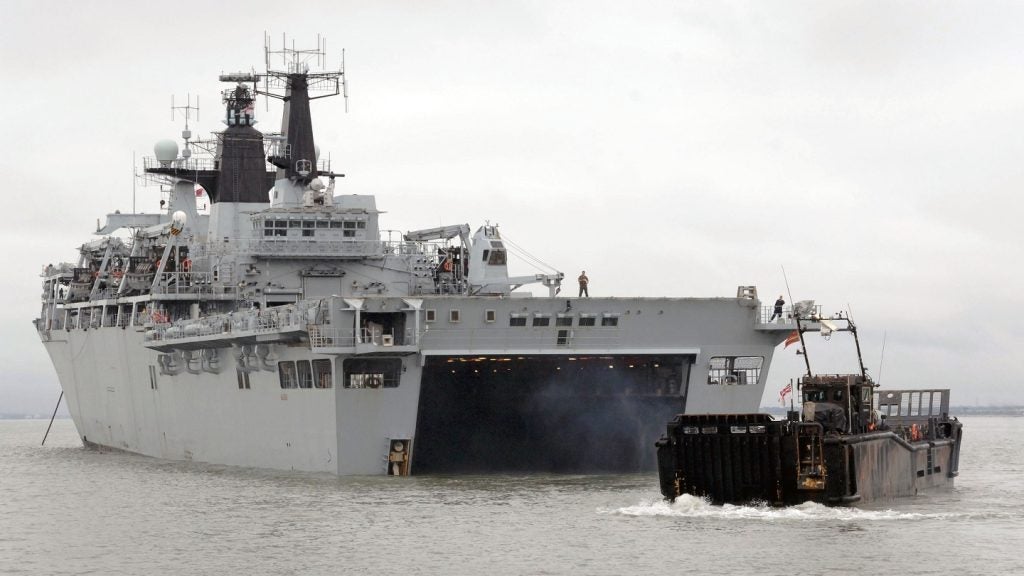
The UK Ministry of Defence (MoD) has confirmed that it is in talk with the Brazilian Navy over the sale of former Royal Navy amphibious assault ships HMS Albion and HMS Bulwark, axed in 2024 by the UK government as part of widespread defence cuts.
Prior to their removal from service, both HMS Albion and HMS Bulwark were being kept at a lower state of readiness, having not been to sea since 2023 and 2017 respectively.
The UK government has said on multiple occasions in parliament that neither vessel was due to go to sea again before their planned out of service dates of 2033 and 2034.
“We can confirm we have entered discussions with the Brazilian Navy over the potential sale of HMS Bulwark and HMS Albion,” the MoD told Naval Technology.
“As announced in November, both ships are being decommissioned from the Royal Navy. Neither were planned to go back to sea before their out of service dates.”
However, the two vessels were thought able to be worked up to a higher state of readiness should an amphibious assault capability be required.
The class were reported to be available in an “as is” condition via a government-to-government deal earlier this year, although no prospective customers had been named at the time.
Naval Technology reported at the time that Brazil would be a likely destination for the vessels, which likely have more than a decade of service life left in them and could well operate through the 2030s in the Brazilian Navy.

Should the deal go ahead, HMS Albion and HMS Bulwark will join the former Royal Navy helicopter carrier HMS Ocean, now BNS Atlântico, in the Brazilian Navy, which was sold for £84m ($109m) in 2018.
In addition, the Brazilian Navy operates three Amazonas-class offshore patrol vessels built by UK defence prime BAE Systems. The class, based on the River Batch 2 design operated by the Royal Navy, was originally intended for Trinidad and Tobago, who subsequently backed out of the deal.
The Brazilian Navy also operates the former Royal Navy Type 22 frigate HMS Battleaxe, which was acquired in 1997 and renamed Rademaker.
Capabilities of the Albion class
Although rarely used, the ability to move a land force from ship to shore provides a distinct operational advantage when access to port infrastructure is unavailable. This is particularly usual for humanitarian and disaster relief (HADR) operations, in the wake of natural disasters such a hurricanes and typhoons.
As specialised warships, the Albion-class amphibious assault ships provided the capability to embark around 500 troops and associated equipment, with its aft flight deck providing landing spots for rotary aircraft up to the size of the heavy lift CH-47 Chinook.
According to the Royal Navy, below deck storage provide capacity for dozens of large trucks and smaller vehicles for light role configuration troops, or a squadron of six Challenger 2 main battle tanks and 30 amoured personnel carriers.

Delivery of troops and vehicles is performed either via the helicopter flight deck or the integrated well deck at the stern, which is floodable to create a dock area. Landing ships, such as the Landing Craft Utility MK10, are hosted inside the Albion class and used ferry tanks, APCs, vehicles, and troops to shore.
The UK government has said the role of the Albion class will be performed by three smaller, less effective Bay-class landing ship docks operated by the Royal Fleet Auxiliary (RFA), and the 45-year-old casualty receiving ship, RFA Argus.
One of the Bay class, RFA Cardigan Bay, is currently laid up and likely not available for operations until the end of 2026 or early 2027. The Bay class cannot embark as many troops or vehicles as the Albion class and host only half as many landing ships, while also being manufactured to commercial, not military, standards.



